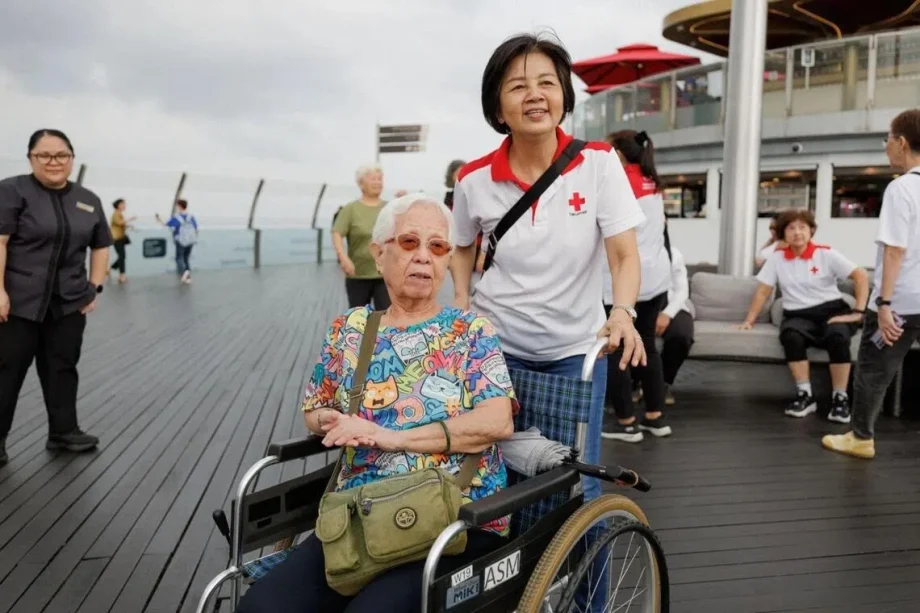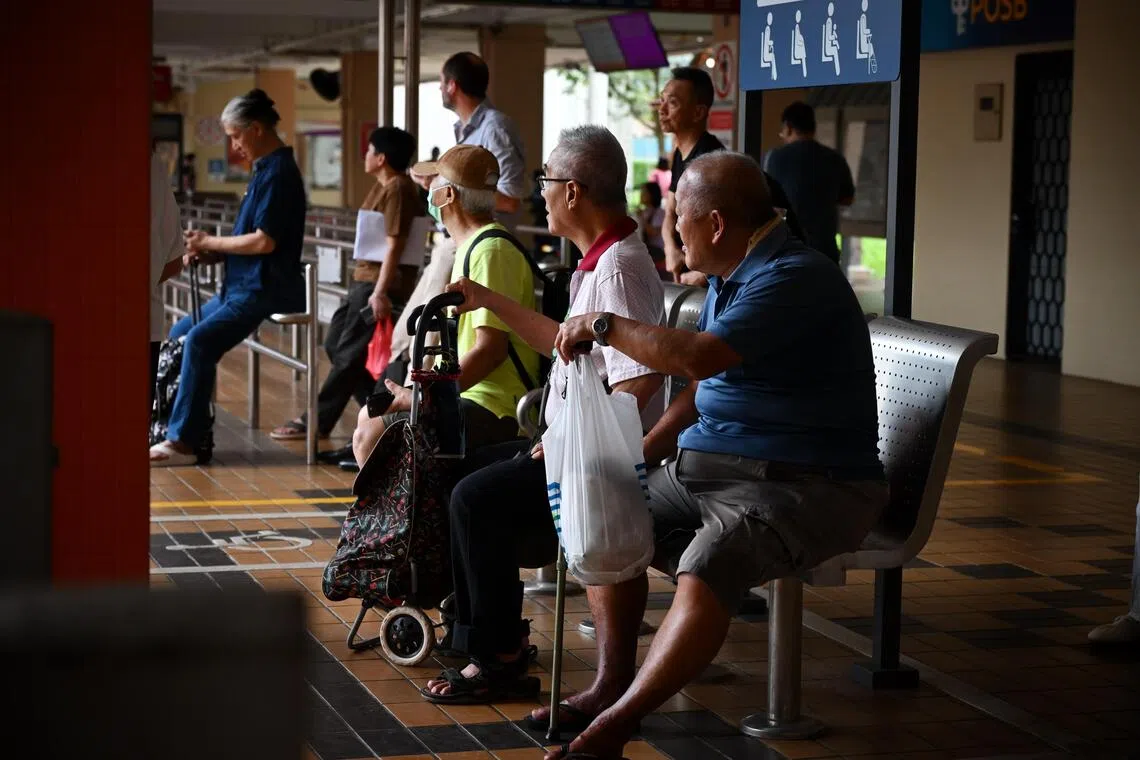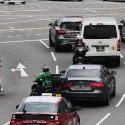SINGAPORE – For the past eight years, Madam Peh Kim Hiok has been part of the Singapore Red Cross’ (SRC) ElderAid programme, where she befriends three seniors in her Tampines neighbourhood.
The 62-year-old visits the seniors each month to check if they need help, or simply to lend them a listening ear. The homemaker was her mother’s caregiver for about 15 years, until she died a few years ago.
While it was by chance that she became a volunteer – having stumbled upon a recruitment drive at Our Tampines Hub – these days, she also helps out at SRC-organised excursions, as well as at temples and community events.
“My three children are all grown up, so I thought: why not help these old folks?” said Madam Peh, who added that volunteering keeps her active. She also plays the ukulele, swims, and does yoga and zumba.
With the pace at which Singapore is greying, ageing experts said the country needs more seniors like Madam Peh, who are redefining care beyond the bounds of one’s family.
The latest population figures released in September showed that the proportion of citizens aged 65 and above is rising, and
at a faster pace than in the previous decade
.
The city-state is expected to become a super-aged society in 2026 – defined internationally as having at least 21 per cent of the population aged 65 or older – while about one in four Singaporeans will be in this age group come 2030.
Alongside research showing that
more than eight in 10 older adults here prefer to grow old in their current homes
, the need for caregivers will only continue to rise, said Professor Paulin Straughan, director of the Centre for Research on Successful Ageing (Rosa) at Singapore Management University.
Simply continuing to outsource caregiving to migrant domestic workers is not the solution, as domestic helper numbers have already outstripped earlier projections. In 2012, the Government projected that their numbers
could rise by 50 per cent and reach about 300,000 by 2030
. The Republic exceeded this figure in 2024.







